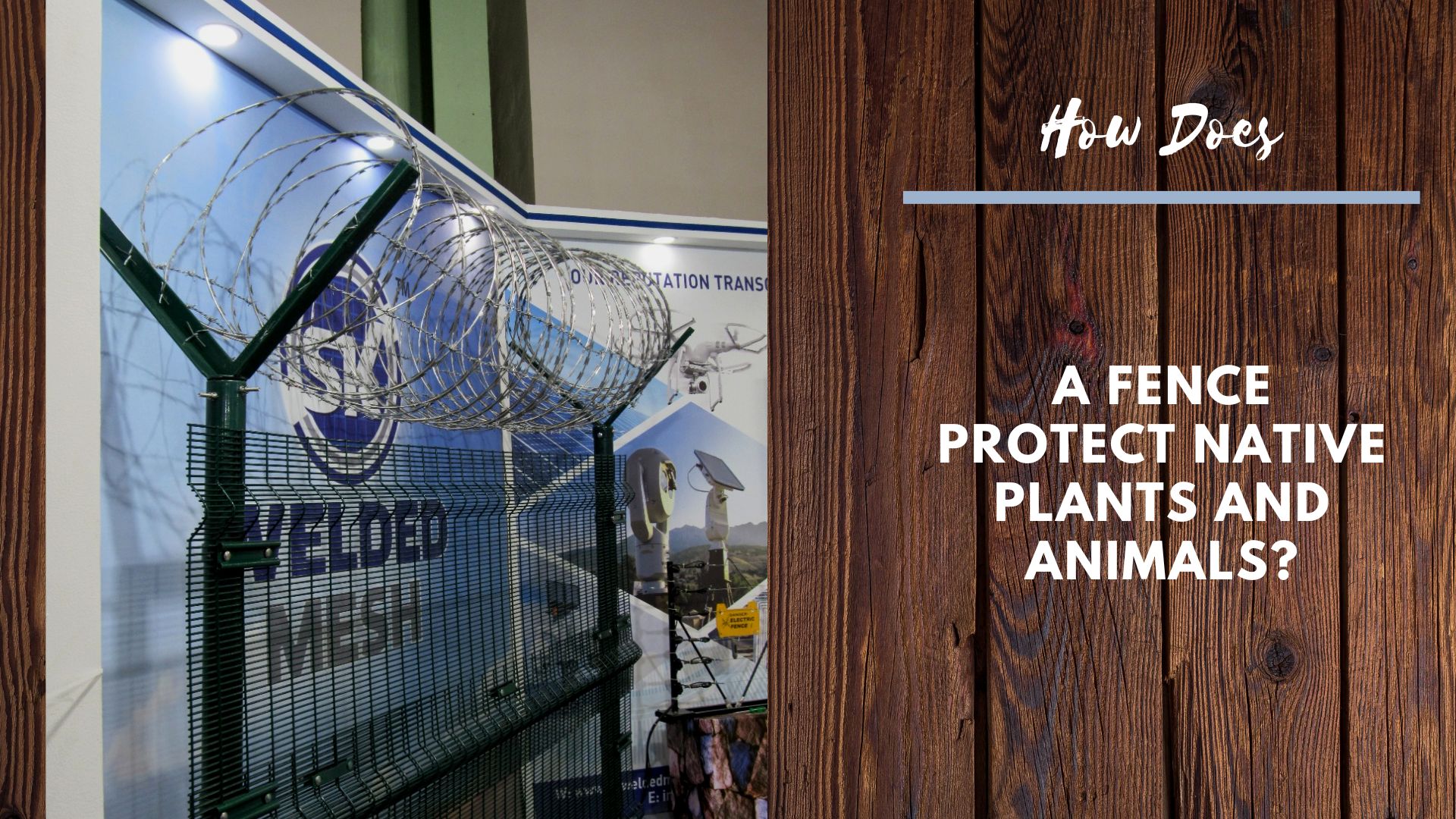

Fencing can play a critical role in the protection of native plants and animals. From providing physical barriers to keep out large herbivores and smaller pests, to separating areas of habitat from development, it can be a valuable tool in the conservation of our natural resources.
Fences are a practical solution for protecting native plants and animals in agricultural and rural settings. By blocking access to large herbivores, such as cattle, sheep, and deer, fences can prevent damage to native plants, particularly rare or endangered species. Fences can also be used to exclude smaller animals and pests, like rodents and rabbits, which can also harm native plants. To be effective in these cases, fences should be adequately tall and made of materials resistant to gnawing and digging. These measures help to preserve the integrity of natural habitats, including wetlands, forests, and grasslands.
In urban and suburban environments, fences can serve as barriers to protecting native plants and animals from human activities and development. For instance, enclosing a garden or backyard with a fence creates a haven for native birds, butterflies, and other small animals to feed and nest. Additionally, fences can be used to separate areas of habitat, such as wetlands or woodlands, from surrounding areas, helping to inhibit the spread of invasive species and safeguard the native ecosystem.
Fences can not only provide physical protection for native plants and animals, but also contribute to conservation efforts through increased public awareness and education. An aesthetically pleasing fence can serve as a visual reminder of the importance of preserving our natural resources and encourage the protection of native plants and animals.
There are several types of fences available for protecting native plants and animals, each with its own benefits and drawbacks. The most suitable type will depend on the specific needs and goals of the project. These types include:
1. Wooden fences:
Relatively inexpensive and easy to install, wooden fences can be painted or stained to match the surrounding environment and come in various styles. However, they may be prone to rotting and insect damage and require regular maintenance.
2. Metal fences:
Durable and long-lasting, metal fences such as chain links or welded wire are often used in commercial and industrial settings. They are easy to install and maintain, but may not be as visually appealing as wooden fences.
3. Plastic fences:
Made of materials such as vinyl or PVC, plastic fences are low-maintenance and long-lasting with a range of colors and styles available. However, they may not be as strong or durable as metal or wooden fences and may be prone to damage from extreme weather.
Fences can be a practical and effective means of protecting native plants and animals in a range of settings. By blocking access to unwanted animals and pests and separating habitats from surrounding areas, fences can contribute to the conservation of our natural resources. Properly implemented, fences can play a crucial role in preserving and protecting native plants and animals.